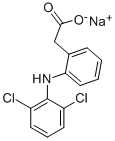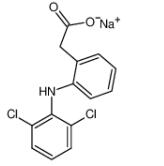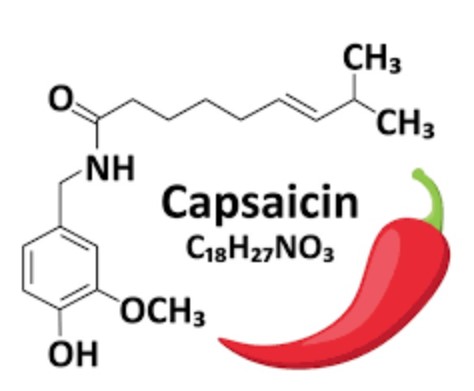The uses and side effect of Diclofenac sodium
Background
Nonsteroidal anti-inflammatory drugs (NSAIDs) are the most commonly used medications worldwide. The efficiency of these drugs has been documented in several clinical disorders and surgical procedures. They are widely used for anti-inflammatory, antipyretic, and analgesic purposes. Diclofenac sodium (DIC) is a nonsteroidal anti-inflammatory, analgesic, and antipyretic drug[1-2].
Diclofenac sodium
Diclofenac sodium (DS, sodium-(o-((2,6-dichlorophenyl)-amino)- phenyl)-acetate) is an NSAID that has generally been used due to its high specificity for the arachidonic acid-degrading enzyme COX-2, rather than its isoform COX-1, since the 1980s. Prostaglandins (PG), important chemical mediators in the human body, excite and sensitize nociceptors.
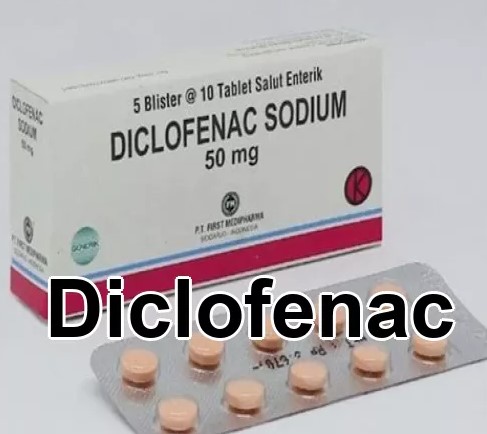
The role of diclofenac sodium in nerve regeneration
DS is known to exert its action via inhibition of COX. Diclofenac sodium acts through cyclooxygenase-1 (COX-1) and cyclooxygenase-2 (COX-2) enzyme inhibition, consequently hindering prostaglandin synthesis from arachidonic acid. It exhibits a 20-fold greater power in the inhibition of COX-2 than COX-1. It also exerts time-dependent inhibition, which suggests that its therapeutic effect is associated with drug exposure rather than reaching a threshold tissue concentration. In addition, Mohammadi et al. demonstrated that the topical application of DS with loading in an arterial graft enhances the recovery of the sciatic nerve in functional and morphometric terms[1].
Side effect
DIC treatment has several harmful effects on the gastrointestinal tract, liver, kidney, and cardiovascular system. Prolonged therapy with DIC initiates or worsens congestive heart failure, which may induce more severe injuries such as myocardial infarction and stroke. DIC is metabolized by the liver, and its metabolites are eliminated through biliary (35%) and renal (65%) excretion. DIC metabolites are toxic to hepatic and renal cells. DIC toxicity was attributed to the production of ROS and reduction in the antioxidant defense system in the liver, kidney, and heart[2]. Excessive ROS production initiates apoptosis by increasing the activity caspase-3 and restricting bcl-2 expression. Cardiomyocyte apoptosis is a pathological change included in the development of cardiomyopathy.
References
[1] Neha Panchal. “Development, Characterization and Evaluation of Parenteral Formulation of Diclofenac Sodium.” AAPS PharmSciTech 21 6 (2020).
[2] Arife Ahsen Kaplan. “Peripheral nerve and diclofenac sodium: Molecular and clinical approaches.” Journal of chemical neuroanatomy 87 (2018): Pages 2-11.
);You may like
Related articles And Qustion
See also
Lastest Price from Diclofenac sodium manufacturers
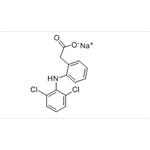
US $0.00-0.00/kg2024-04-27
- CAS:
- 15307-79-6
- Min. Order:
- 1kg
- Purity:
- 99.0%
- Supply Ability:
- 1tons

US $14.00-10.00/kg2024-04-26
- CAS:
- 15307-79-6
- Min. Order:
- 1kg
- Purity:
- 99%
- Supply Ability:
- 100Tons
